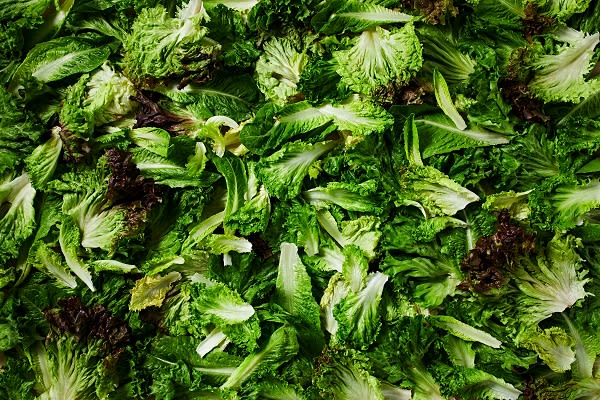10 Types of Lettuce and What They’re Used for
Lettuce 101
A leafy green salad isn’t the only way to eat lettuce—sandwiches, burgers, wraps, tacos, and more are all enhanced by a little greenery. But there’s no reason to get stuck in a romaine rut at the grocery store. There are many types of lettuce to try in your recipes. Our top 10 lettuce varieties (some are not *technically* lettuce, more on that later) are listed below, with some tasty ideas for how to eat each one. But first, a few tips on storage.

How Should You Prep and Store Lettuce?
If you have the time, it’s best to wash your lettuce as soon as you bring it home. A salad spinner is the best tool for this. Slice the root base off the lettuce, separate the leaves, then place them in the salad spinner and fill it with cold water. Rinse, drain, and spin. If you don’t have a salad spinner, fill a large bowl with water, submerge the leaves, then lift them out and spread them on a clean dish towel to air-dry. Store washed lettuce, wrapped in a paper towel or clean dish towel, in an airtight bag or container. The towel will help wick excess moisture from the leaves.What Is a Lettuce, Anyway?
Lettuce is a leafy annual green, almost exclusively eaten raw. There are four main types of lettuce: romaine (or cos), which forms tall and loose oblong heads; crisphead, which grows in tight heads that resemble cabbage; butterhead, which grows in soft, thick-leaved heads; and looseleaf, or leaf lettuce, which grows in a loose rosette of tender leaves off the stem. Within these four varieties, there are more than enough subvarieties to try a new one every day of the month, but we’ll stick to the ones most easily found in your local grocery store.
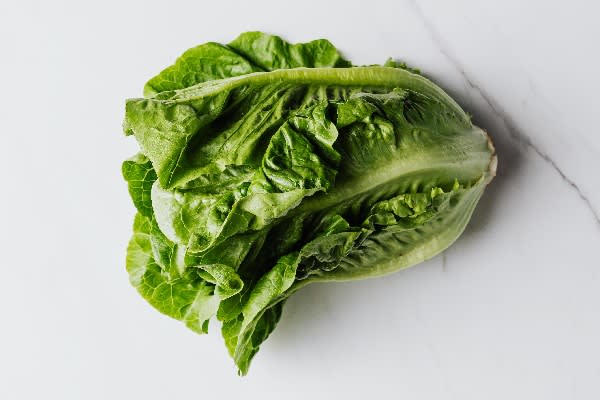
1. Romaine Lettuce
One of the most popular lettuces in the country, romaine lettuce is crispy and fresh and perfectly mild-mannered. You can buy romaine hearts, which are the tighter-curled and crunchier inner leaves of a head of romaine, or you can buy a whole head of romaine, which includes the larger, fluffier outer leaves. Hearts stay fresh longer in the fridge, and each leaf has a nice boat shape that makes it fun to dip in hummus or ranch dressing or load up with taco filling. Romaine is the go-to for Caesar salad. Sliced in wedges, it can be served as a take on a classic wedge salad. Halved, you can quickly char romaine hearts on the grill and then drizzle with dressing. Thinly sliced, it’s a great taco or burrito bowl topping.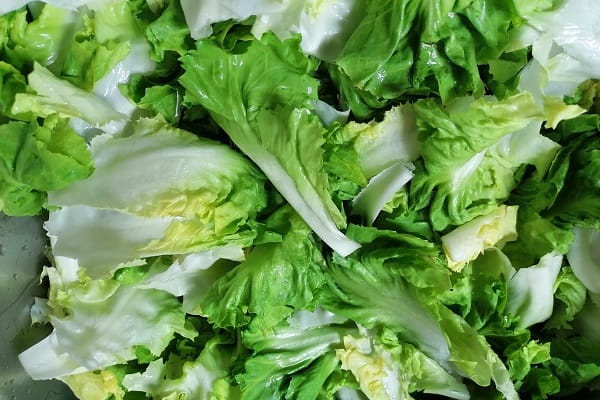
2. Little Gem Lettuce
This is the smaller, cuter, sweeter baby sibling of romaine. Use it just as you’d use romaine, but the best part is that the leaves are small enough that you don’t have to break them down for a salad. Their distinct boat shape cradles dressing and toppings perfectly.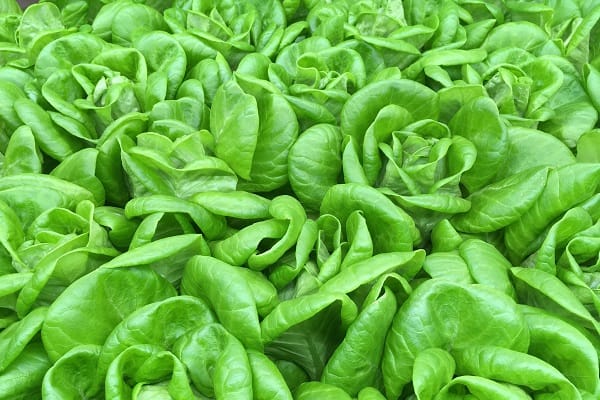
3. Butterhead Lettuce
The two most commonly sold varieties of butterhead lettuce, characterized by its soft leaves and loosely formed heads, are Boston lettuce and bibb lettuce. Both are tender with a sweet and, yes, almost buttery, fresh flavor. Boston lettuce is usually larger than bibb, and a little sweeter and milder. But they can be used interchangeably in most recipes. The cuplike shape of butterhead lettuce makes it ideal for lettuce cups or lettuce wraps: Fill each leaf with larb, chicken salad, egg salad, chopped tomatoes and avocado, you name it. The tenderness of butterhead lettuce leaves makes them great in sandwiches too, when you want something easy to bite through.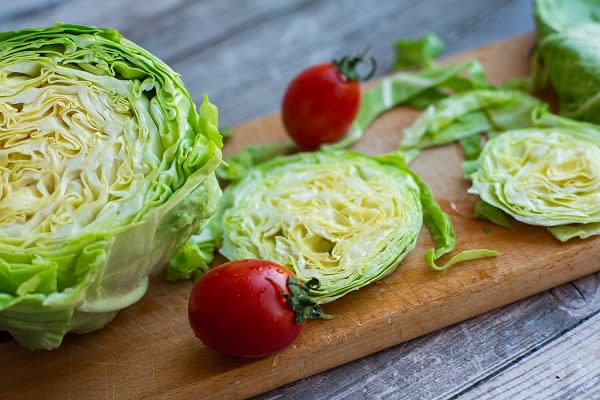
4. Crisphead Lettuce
Iceberg lettuce is the most common crisphead lettuce variety. Look quickly, and you might mistake it for a green cabbage, but it’s worlds away in texture and flavor. It’s mild and refreshing, like biting into crunchy water. Cut into wedges, this is your traditional wedge salad star, and the tightly coiled leaves hold a blue cheese dressing perfectly. Thinly sliced, it’s a timeless burger topping. Keep the leaves whole, and you can use them in place of a bun around a burger.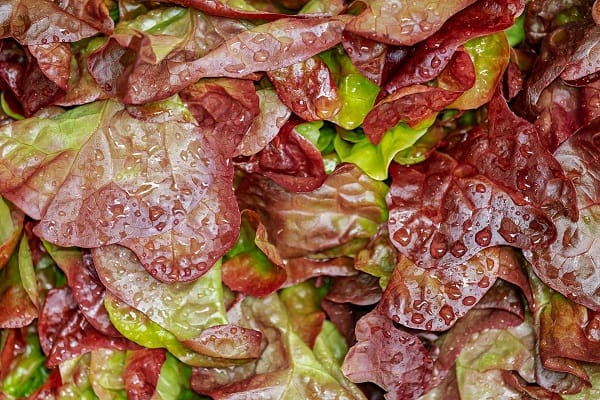
5. Green and Red Leaf Lettuce
Leaf lettuce grows with leaves that branch from a single stalk loosely rather than forming a tight head. It’s got thinner, more tender leaves that ruffle and frill in gorgeous ways. The taste of green and red leaf lettuce is quite similar: a little bit pleasantly earthy and totally refreshing. And no, it’s not actually red, just sort of reddish-brown. It plays well in any green salad, and the frilly edges of a green leaf lettuce are what you’ll most often see peeking out of a burger or sandwich.
6. Oak Leaf Lettuce
This one is another common variety of leaf lettuce, with leaves that are shaped like oak leaves. Oak leaf lettuce can be either green or red, and is even more delicate and tender than green or red leaf lettuce. Gently tear the leaves up into any salad —just be careful not to squeeze or overwork them, since they can bruise easily.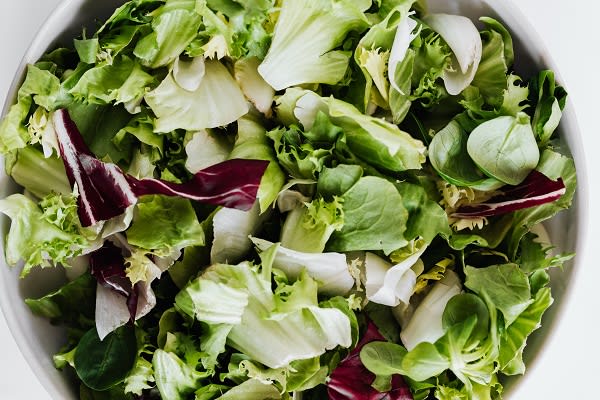
7. Mesclun (Spring Mix)
“Mesclun” is not a variety of lettuce, though you may see boxes of baby lettuce leaves labeled as such. The word is actually French for “mix” and is sometimes labeled “spring mix” as well. This is an assortment of different types of lettuce leaves, picked while still young and small (as they would appear in your garden in the spring). Mesclun makes for an easy way to assemble a salad with a variety of colors and textures. Just be careful when buying greens in a box; check to make sure there aren’t any wilting leaves, because once one leaf spoils, the whole box quickly follows suit.
8. Arugula
Arugula is not technically a lettuce, either. But baby arugula is always sold right next to that spring mix and it makes great salads, so we’re including it on our list. Arugula is peppery and bright, and can add a great contrast to other buttery greens in a salad bowl. It also holds its own against a garlicky salad dressing. It works tucked into sandwiches too, lending a stronger flavor punch than your standard green lettuce.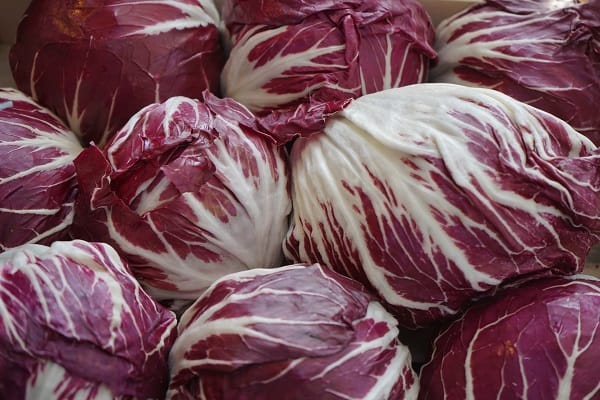
9. Radicchio
Again, radicchio is not a lettuce, but a member of the chicory family. It’s bitter and crunchy and vibrantly dark purple with veins of white. Add it to any green salad for contrast and texture. Wilt it into pasta or roasted vegetables. If serving it alone, pair it with a sweeter dressing to balance the bitterness.